01.05.14
Collaborative Crossrail
Source: Rail Technology Magazine Apr/May 2014
Andrew Wolstenholme OBE, chief executive of Crossrail, discusses the latest developments on the largest construction project in Europe and gives his opinion on the benefits of collaborative working.
Construction of Crossrail has reached the halfway stage on time and on schedule – and the project’s chief executive Andrew Wolstenholme OBE credits collaborative working as a key reason for this.
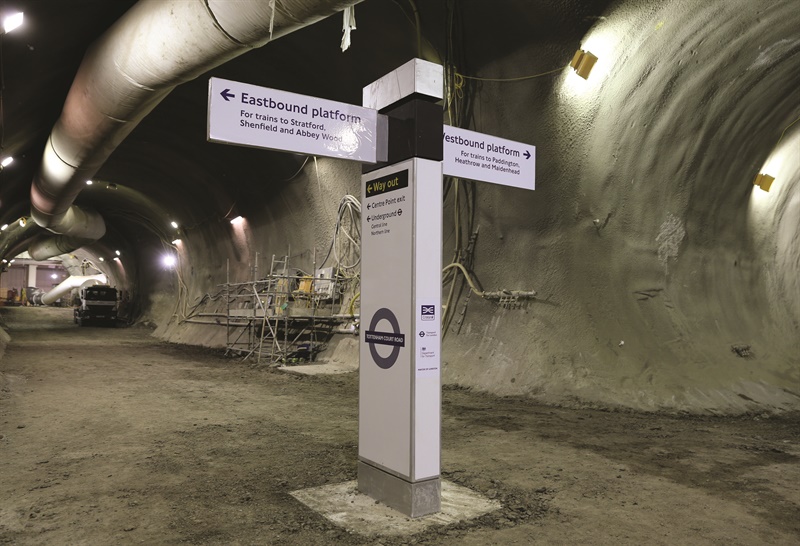
In an interview with RTM, Wolstenholme said that getting a project the “size and scale” of Crossrail to the starting line required a great business case, political alignment, funding and support from a number of stakeholders – all of which Crossrail achieved.
He said: “That is a very good place to start, as was highlighted recently by the Public Accounts Committee, which has just looked at the first National Audit Office report on Crossrail.
“It says that the two years we took to set up the fundamentals – to get the Project Development Agreement in place; to get the governance structure right; to get the joint sponsors with the right accountabilities – were very important in order to set up the prerequisites of how you manage a project the size and scale of Crossrail.”
Less than five years after works began on Crossrail, Europe’s largest infrastructure project has reached the halfway point of its construction. All eight of its tunnel boring machines (TBMs) have been launched, with more than 75% of the tunnel boring works complete.
Once the entire project is finished, it is expected that Crossrail will add 10% capacity to London’s rail network. It will serve 40 stations, connecting Reading and Heathrow in the west with Shenfield and Abbey Wood in the east via central London.
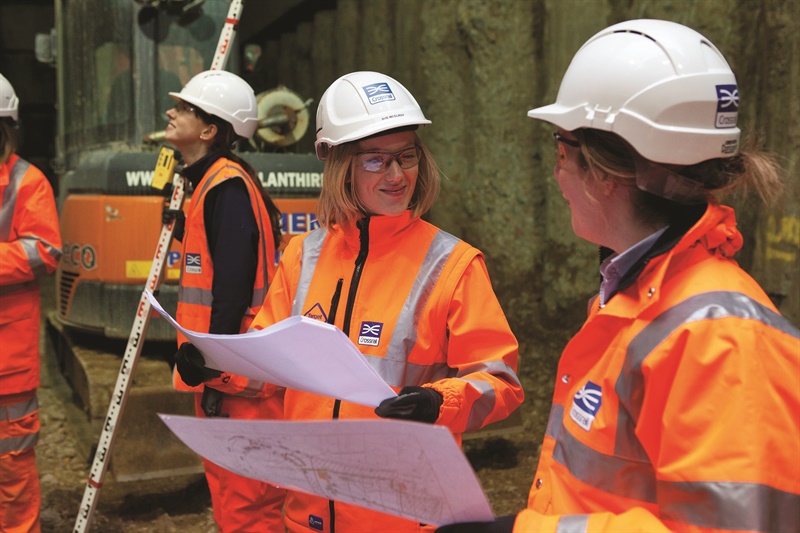
Collaboration
Wolstenholme said getting the project to its current stage has been down to a “strong leadership” team that has been very successful in buying the right capability and capacity from the supply chain, and putting them together under a collaborative agreement across Crossrail’s 40 construction sites throughout London and beyond.
“Planning is key, strong leadership is key, and a very clear vision as to how you put together the procurement packages and a very clear vision as to how you manage and meet those individual supply teams out on site is also needed,” he said.
Throughout the Crossrail project, so far, collaborative forms of contract have been used. In the case of Crossrail these have usually been NEC contracts. In addition to this, the supply chain has been asked to work around target-based contracts, which are very collaborative in their nature.
Wolstenholme said: “We award contracts not on simply commercial [considerations] and cost – typically 60% of the marks are awarded on capability: the strengths of the team, and their ability to manage risks and policy. All the elements of a team you would expect world-class supply chains to bring.
“Around 40% of the marks are awarded on costs and commercial issues. So, we start off on the premise that it is more important for us to get the right people with the right capability and capacity and track record to work within Crossrail. And, equally, it is important for us to make sure we have value for money for the taxpayer under the right commercial agreements.”
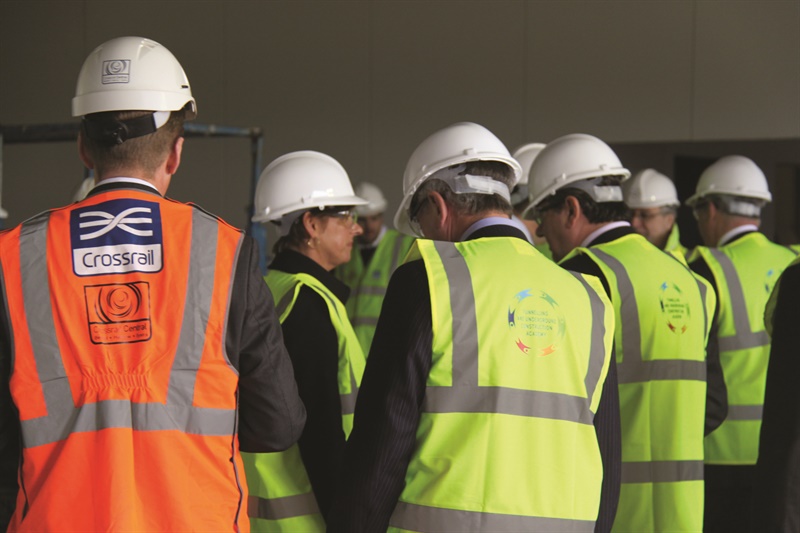
Wolstenholme has a strong background in civil engineering, including a period in the Royal Engineers and as a bridge designer. He was construction director on the Heathrow Express Rail Link in the 1990s, then programme director on the airport’s Terminal 5 project, before taking on other major roles at BAA and then Balfour Beatty. He has been Crossrail chief executive since 2011, and told RTM that his leadership style on all the projects he has been involved with has been based on collaboration.
He said: “You get the best out of a team if you can work together; if you can clearly define people’s accountabilities, the outputs and the targets. It has been essential that we have taken this collaborative approach in order for us to find ourselves where we are now, just over 50% complete on the overall programme.”
Second half
The second half of the Crossrail project will be delivered in several stages with joint venture partners being sought during 2014 for major above-station property developments at Paddington Triangle, Tottenham Court Road (Dean Street), Farringdon East (Lindsey Street), Liverpool Street East, Woolwich and the Limmo Peninsula. Delivery and testing of trains is scheduled to start in 2017 ready for the opening of the new Crossrail tunnels to passengers in late 2018.
The Crossrail chief added that stages 4 and 5 of the project, which have always been planned for delivery in 2019, will bring the full service into play. “And, at that stage, we will have 24 trains per hour running through the central section, and we will have trains running right through to Reading,” he said.
Looking ahead to the second half of the programme, Wolstenholme told us: “The heavy civil and heavy structural works and the building of 10 new stations in central London is logistically very complicated, as is feeding these stations and making sure one doesn’t clog up London. One has to have the right relationship with local residents, with local retail operators and commercial organisations.”
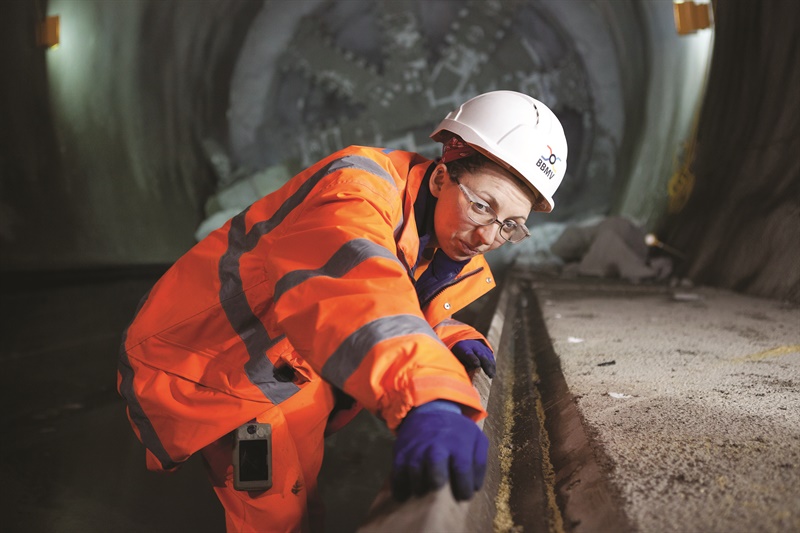
He also believes that the second half of the Crossrail project could be even more complex than the first stage, which has employed 10,000 people working across 40 construction sites.
“However, no-one should underestimate the infrastructure we’ve achieved and delivered in the first half of the project,” said Wolstenholme. “London is very congested both on its surface and underground. There has been an extensive amount of planning to make sure the alignment, both vertically and horizontally, fit.”
He added that the work the eight TBMs have done so far for Crossrail has also been “unprecedented” and that he is very proud of the quality of leadership, the quality of the supply chain and the quality of the tunnels Crossrail and its partners are delivering.
Each of the TBMs is very sophisticated, especially as they control the pressure at the head of their tunnels and the alignment very accurately. “So no-one should underestimate the fact that we have got through the first 77% of tunnelling without too many technical issues, and that has been a great effort on everyone’s part,” said Wolstenholme.
Extending Crossrail
Earlier this year, Crossrail’s joint sponsors – the Department for Transport (DfT) and Transport for London (TfL) – instructed Crossrail to extend the western route of the line out to Reading. The extension will see the east-west rail line serve two additional stations, Twyford and Reading.
Wolstenholme told RTM: “I think Reading is a great result, both politically and for passengers. It is a better use of capacity on the Great Western Main Line.
“From a delivery standpoint there is a little less work to do at Maidenhead – where the line was originally going to finish – in terms of finding the infrastructure you need for the trains. There is an extra trainset to buy, but the extension has had very little bearing on additional capital costs – but it comes with a great extra service provision and great extra choice. It is a popular move all-round.”
Safety legacy
The Crossrail chief executive added that before anything else he wants to deliver a “first class railway on time, on budget and safely”.
He added that he wants to leave the industry that is delivering the railway “safer and healthier”. He also spoke of his desire to leave a lasting legacy on safety and construction quality.
And, for the most part, this is being delivered. However, unfortunately, earlier this year, the first fatality occurred on the project, when 43-year-old Slovakian national Rene Tkacik, who was employed by a subcontractor working for the Bam Ferrovial Kier joint venture, was killed when he was hit by a falling piece of concrete in Crossrail’s Fisher Street shaft. The inquest is at St Pancras Coroner’s Court in September.
Crossrail programme director Andy Mitchell said: “Our thoughts and sympathies are with our worker’s family and his colleagues, who have been offered support and counselling. Safety remains the top focus on Crossrail and we strive to make our sites as safe as possible.”
Crossrail health and safety director Steve Hails said: “Our safety record is better than the UK construction industry average and comparable with other large infrastructure projects at a similar phase, with a 31% reduction in the lost-time frequency incident rate recorded in 2013-14, but there is more to do to manage risk and eliminate injury from our industry.”
Skills legacy
Crossrail will offer another legacy too, in its people and their skills. The Tunnelling and Underground Construction Academy (TUCA) in east London will have offered training to at least 3,500 people in underground construction alone by the end of the project. An apprenticeship programme for 400-500 apprentices has also been put in place, as well as the graduate programme.
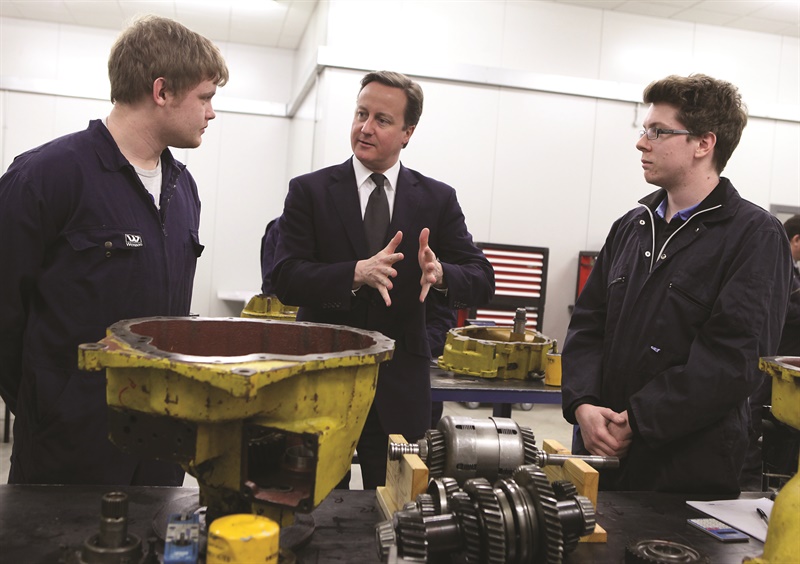
“The skills side is very important to Crossrail and to me personally,” said Wolstenholme. “And we have to remember this isn’t just a London and south east based project.
“When you have invested £6bn as we have, so far, in the supply chain, we know that three out of five of all our contracts go outside of London and the south east, and that is very important.”
He added that so far 60% of the supply chain companies who have been awarded contracts are SMEs and 95% of those companies are UK-based. Wolstenholme concluded by explaining what has to happen to achieve his long-term legacy ambitions.
“First and foremost, Crossrail must be delivered on time and on budget; secondly it needs to be done safely; thirdly it must look at the skills and business side; and fourthly it needs to leave behind a stronger industry able to repeat the success we aim to achieve, not just for Crossrail, but for the infrastructure pipeline that follows.”
(Images copyright Crossrail Ltd)
Tell us what you think – have your say below or email [email protected]